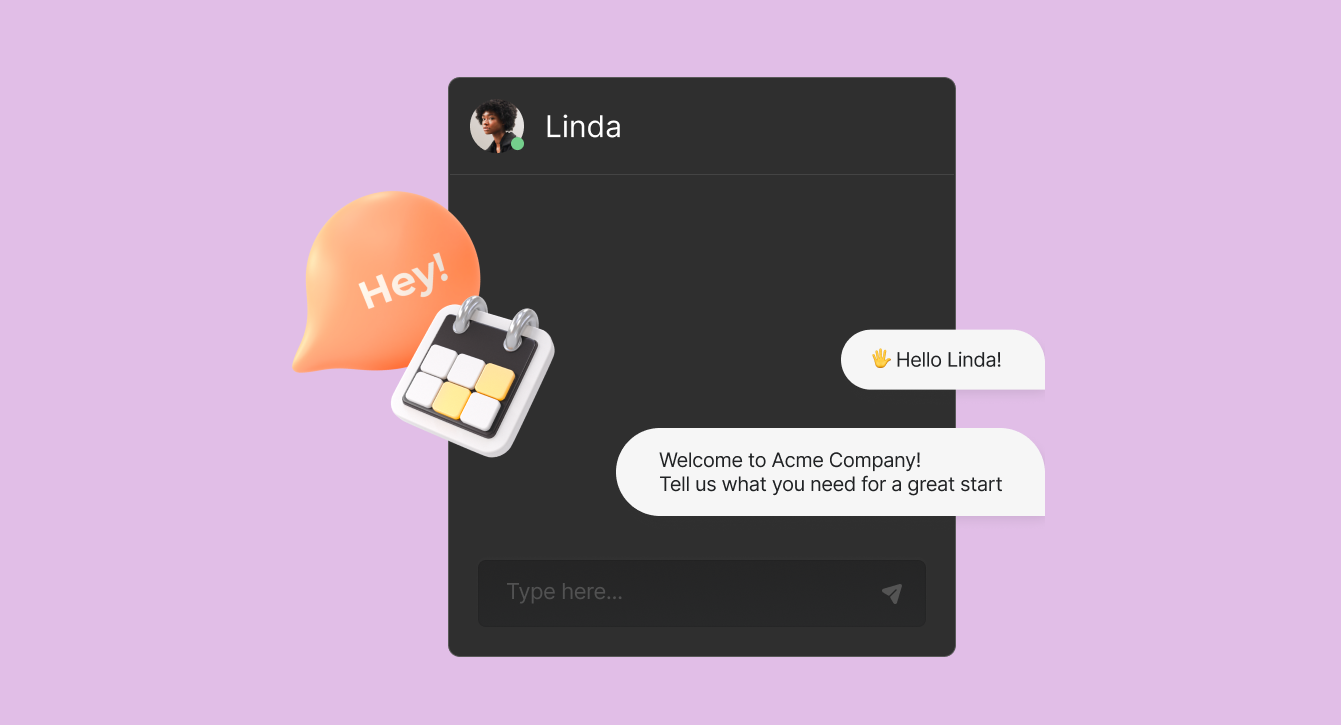Become an employer in just 10 minutes
This article explains how you can set up your company and become an employer in 5 simple steps.

Step 1: Register your company for PAYE
To become an employer, you need to register your company as an employer with HMRC. You can do this online and it only takes a few minutes. There is no need to pay an external advisor to do this for you.
Once you registered you will receive a PAYE reference number and an account office reference delivered via paper mail to the company’s registered address. PAYE is an HMRC system that will allow you to pay income tax and National Insurance for your employees. Note that you must register even if you are only employing yourself, as the only director of a limited company, for instance.
Once you have received your PAYE details via post you can activate PAYE in your Government Gateway so you can report PAYE via any payroll software digitally.
Step 2: Set up a workplace pension
In the UK you must enrol every employee who is eligible, i.e. above a certain age and earns a certain income subject to a number of exceptions, into a workplace pension. The precise conditions are listed here.
Because this applies to the vast majority of the UK workforce, it is very likely you will need a workplace pension and you should set one up straight away because eligible employees must be enrolled within 3 months after their employment start.
But there is no need to worry because a) setting up a workplace pension can also be done online in just a few minutes and b) modern HR and payroll software (including Zelt) automatically assess employees for their eligibility and add them to your pension. You do not have to be an expert in either payroll or pensions to run payroll compliantly.
As soon as you enrol your employee in a workplace scheme you must tell them:
- The date they were added to the pension scheme;
- The type of pension they are in;
- The costs you will contribute with and how much they will have to pay;
- How to leave the scheme in case they want to;
- How tax relief is applied to them.
Again, Zelt does this for you automatically.
If you need more information on handling pensions for your employees, head on to our employer’s guide to pension contributions.
Recommended workplace pensions
The most popular pension platforms amongst UK startups are Nest and Smart Pension.
We’d recommend using Nest because its API has a wider set of functions. In particular, employees are able to opt of pension in their Zelt benefits app, and Zelt can sync the opt-out event to Nest. In Smart Pension, this is not possible and the employee needs to opt out directly in their Smart Pension account. This is problematic because you’d still need to update your payroll system, otherwise you continue making contributions by mistake.
Note that Smart Pension recently started charging a monthly fee of £15 to the employer, while Nest is free. Both charge a % management fee on the amounts saved to the employee.
Step 3: Get employer’s liability insurance
As soon as you become an employer you must get employer’s liability insurance which must cover you for at least £5 million and come from an authorised insurer. If you are under these conditions and are not insured, you can be fined up £2.500 every day. Note that you do not need insurance if you are employing either a family member or someone who is based abroad. Getting EL insurance with providers like Simply Business or Superscript is very easy and will only take you 5 minutes.
Check out our list of the essential startup legal docs you may need soon.
Frequently asked questions
What is the total cost of employment?
Before you take on employees, you understand the total costs you will bear as an employer. On top of gross salary, this typically includes employer National Insurance contributions and employer pension contributions, plus any private company benefits.
What is the minimum wage?
£9.50 (as of 2 March 2023) for workers above 23, click here for people younger than 23
What are the National Insurance contributions?
As an employer you can pay up to 13.8% of gross salary as employer contributions, click here to know exactly how much you will pay;
What are pension contributions?
As an employer you are legally obliged to enrol eligible jobholders into a pension and contribute at least 3% of pensionable pay.
How do I create a safe working environment?
As an employer you need to make sure your workplace environment if free from discrimination and has the appropriate adjustments for people with disabilities or mental health conditions. Besides, you must keep employees’ data safe, secure and up to date and be aware of fire safety rules in the workplace. By using Zelt, you can make sure your employee data is stored securely and in compliance with GDPR. If you are operating from a commercially leased office, your landlord should take care of fire safety but you should confirm this.
When will an employee require a certificate of sponsorship?
The UK’s points-based immigration system requires that certain non-European Economic Area (EEA) nationals have a valid UK Certificate of Sponsorship (CoS) before they can apply for a visa to work or study.
How often can employees go on a break?
A UK employee doing shift work would be entitled to three different rest breaks. A 20-minute rest break during a shift, 11h break between shifts and a 24h break per week.




